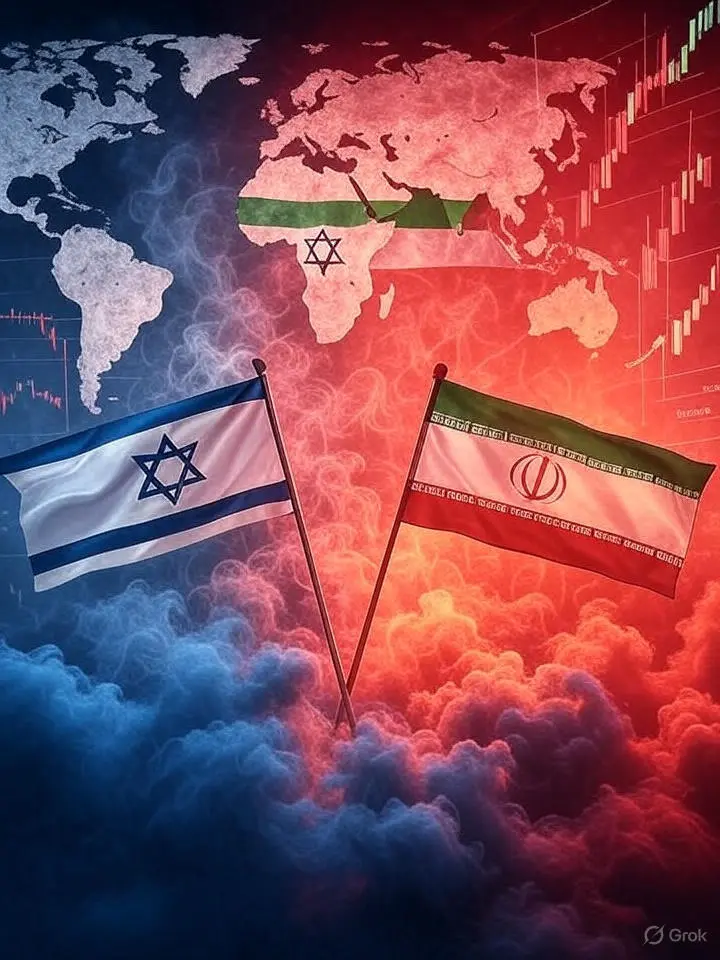Ability to trade stocks intraday – this is a unique skill. For that, to succeed, should focus on, what is really important. Remember that, what is the trader's goal – make money for a living, with minimal risk. Consequently, our task – look for such "entry points", where the risk / reward ratio will be most attractive. Hidden bids from major buyers or sellers – this is one of those possibilities!
To start, let's define the terminology. When ECN or Market Maker show a certain number of shares in the Level window 2, but the number of shares, traded at this price in a given direction is much higher, we are talking about the presence of a hidden request. To reveal her, it is necessary to closely compare the size of buy orders at the top of the "order book" with reports on the execution of transactions on the "tape". Let's give an example: by price 15.5 ECN BATS contains a purchase order 10 lots of shares. But in the "feed" we see red sales records 25, 15, 22 lots through this ECN! Although buy orders are visible 1000 Shares, actually bought already 6600 (25+15+22). Noticing this, we can come to the conclusion, that there is a hidden order in this ECN. May be – on 15000 Shares, may be – more, we are unlikely to guess. But chances are high, that this order won't go anywhere, until it is completely fulfilled. With this in mind, can be safely asserted, that BATS is holding the bid with a hidden order.
How to find a hidden request in a timely manner? It is enough to closely monitor the volume of trades on the "tape". If the price on the "tape" was printed for more than 10 once, while you expected a decline, that is – hidden order, "Iceberg". Imagine, what do you expect the demand price to decline after, how will it be sold at the current price 7 thousand shares. However, on the "tape" we see, what 7 thousand shares were sold, but the demand price has not decreased. Vice versa, buyer – BATS or any other ECN, updates the bid. I.e, we see the purchase requisition first 7 thousand shares, then the volume of the application is reduced to 1 thousands, the "tape" reflects the sale 7 thousand shares, and the buyer again displays a purchase order 7 thousand. In this way, his application has been updated, and it keeps buying at the bid price. And from the "tape" we learn about the sale of an even larger volume of shares – at a constant price. Which is many times greater than the number of shares, sale of which, in our opinion, would lead to a decrease in the demand price.
If we see large volumes on the "tape", many times exceeding our expectations, and the buyer does not back down – it remains only to conclude that, that on the demand side a hidden order has been set. The longer this situation lasts, the larger the volume of shares traded at a given price, the more important this level becomes in our eyes.
Let's think about, What does all of this mean? If large volumes of transactions are concluded at a specific price, exceeding the purchase requisition visible to us, while supply and demand prices remain unchanged – means someone (or something) wants to hide from us the real size of his order. If she's really BIG, it is not worth wasting time hoping to bring down the bid price by a couple of cents. Furthermore, if a big buyer backs down, to try to buy a share cheaper, but then returns again to higher prices – this indicates, how many shares does he really want. Or about the degree of his despair. Put yourself in his place – would you like to advertise your intention to buy a LOT of shares? Or you would prefer to hide this information from other market participants, so as not to fall prey to other people's speculations?
Usually, similar situations occur, when the majority of market participants rush in a certain direction, dictated by current conditions, and a major player seeks to use the burst of activity to execute his order. One of the reasons for the explosion of activity in a stock may be the price movement for the corresponding futures.. Usually, courses stocks follow futures prices, which include. If the price of such a futures rises, to i stock, probably, will rise in price. The converse is also true. – if futures get cheaper, then the share price goes down.
If we see, that the corresponding futures are growing rapidly, while the seller updates the sell order, giving away a substantial number of shares, this means there is a hidden bid on the supply side. Thinking about deals, consider selling the share short, following that, who do we consider a great seller. Then we will keep the stock short until then., until the seller backs down, or there will be no noticeable price reduction.
Large hidden claim – an excellent signal to buy or sell shares. Experienced traders earn a significant portion of their profits in situations, like this. Noticing a hidden "order" on the demand side, trader confidently buys a position in the hope of a subsequent price increase. The result of the transaction may be negative, but we must not forget, what trading is, including, and the game of probabilities. And buying shares near an order hidden in demand will bring you profit more often, than a loss.
A source:
